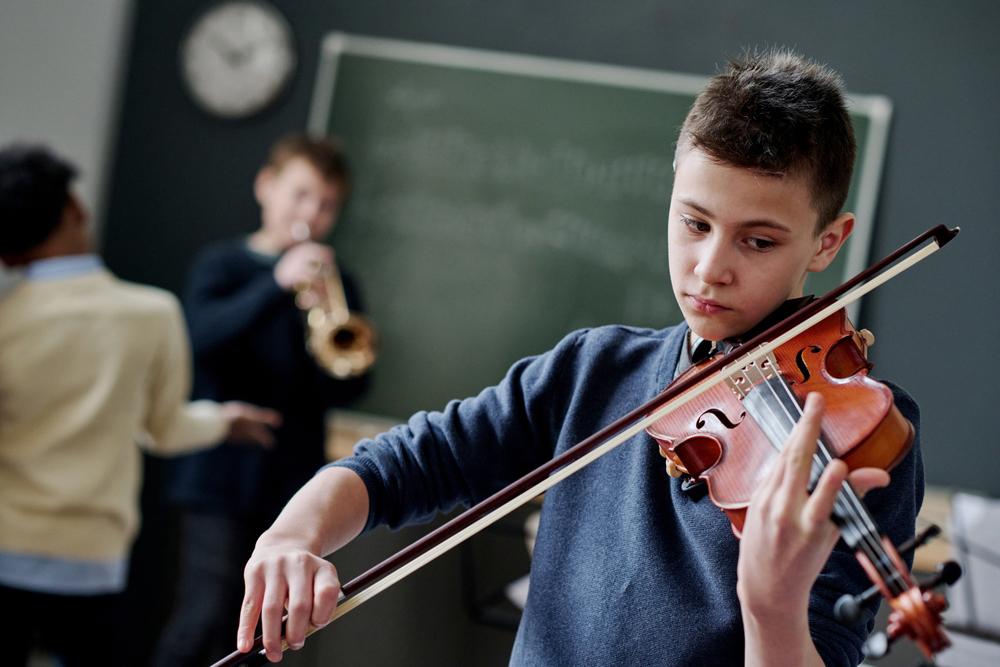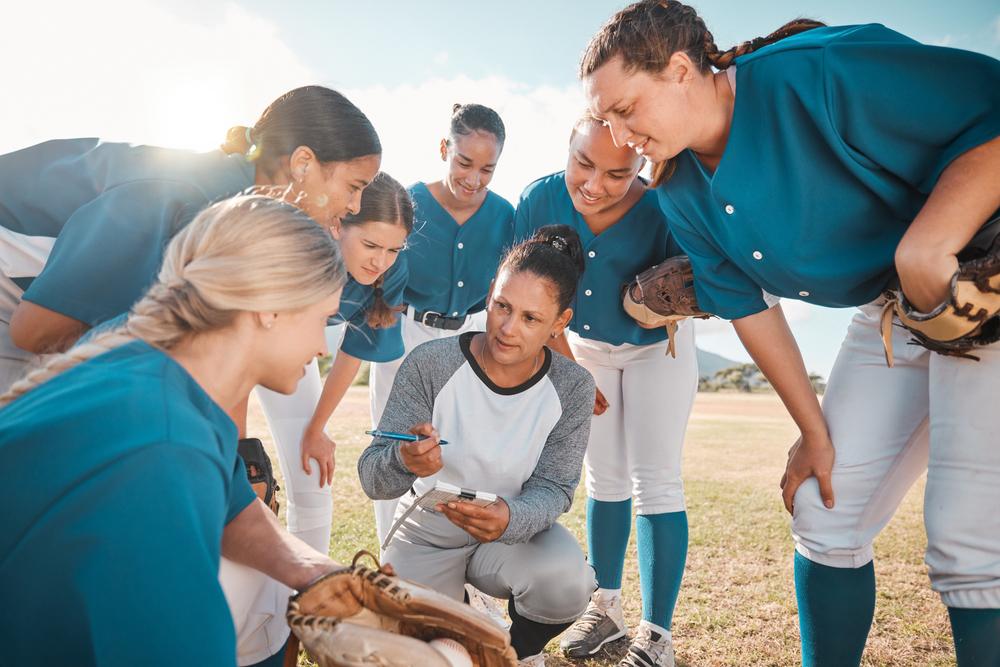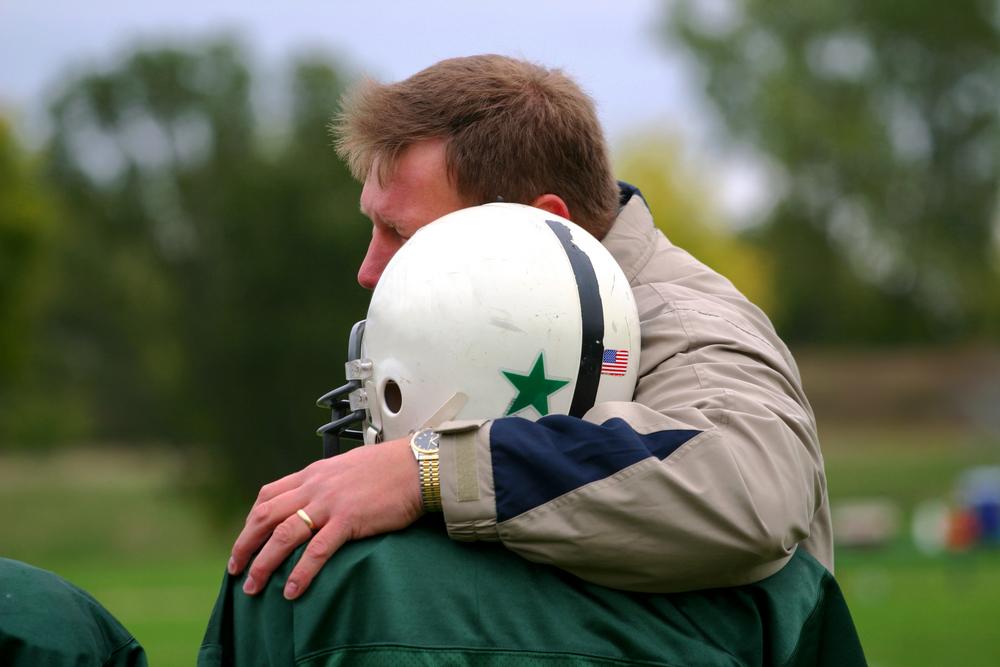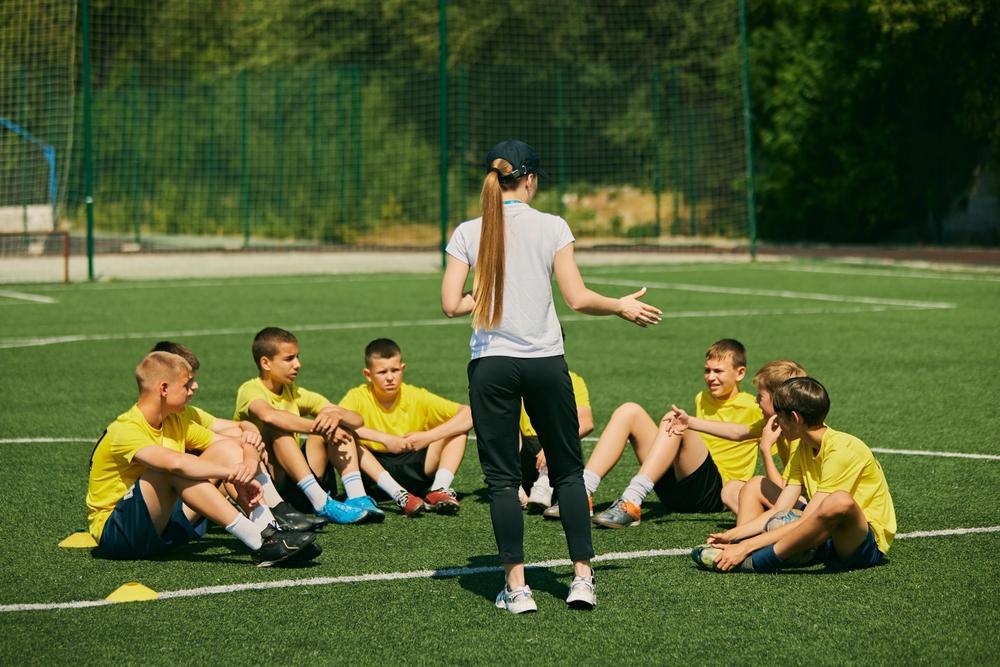 A dedication to sport is great, but an all-encompassing obsession isn’t. In many cases, that obsession can lead young people to only see themselves as athletes, with no other identity outside of sport. And when sport goes away—whether it’s because of injury, high school graduation, or any other reason—that can leave your child spiraling.
A dedication to sport is great, but an all-encompassing obsession isn’t. In many cases, that obsession can lead young people to only see themselves as athletes, with no other identity outside of sport. And when sport goes away—whether it’s because of injury, high school graduation, or any other reason—that can leave your child spiraling.
Here, TrueSport Expert and licensed clinical psychologist, Dr. Melissa Streno, explains why establishing an identity outside of sport is so important and identifies some common mistakes caregivers make around athletic identity for their children.
The importance of establishing identity outside of sport
Streno explains that it’s easy for a child or teen to fall into the habit of identifying themselves in a singular way, and being ‘an athlete’ is a very common identity—especially for a young person who is talented at their sport or simply loves the game. This isn’t a bad thing, at first glance.
But if your athlete is injured or ill, or needs to take a break from sport for another reason, this singularly focused identity can be a problem if, for example, your child doesn’t have other hobbies or communities to turn to. Similarly, a lack of sport or even sport excellence can lead to a lot of negative mental health implications if all their self-worth and value is tied up in their ability to perform as an athlete.
Caregivers themselves can add to this struggle by primarily seeing their child as an athlete, which Streno points out is actually easy to do. For instance, if sport is where your child is thriving, Streno says that it’s entirely understandable to want to support them in the activity that makes them happiest. Second, you may have your own athletic background, and especially if you have a sport in common with your child, it’s easy for that to become the way that you relate to your child. Your own identity can become wrapped up in their athletic identity, which isn’t helpful or healthy for either of you.
“I see a lot of caregivers who were athletes themselves when they were younger, or are still competitive athletes, and they are trying to navigate their own processing of sport and identity,” Streno says. “These caregivers of young athletes are still trying to untangle their own identity and that can affect how they view their child, as well as how their child views themselves. Kids can feel really trapped by sport, especially if they aren’t really loving the sport or want to try something new, but they’re afraid you won’t approve.”
Help your athlete find identities outside of sport
 “Try to encourage variety,” Streno says. “We know that specializing early in one sport is not helpful physically on the body, but it’s also not helpful from a psychological standpoint. Becoming so fused with one thing, in one routine, in one set of cultural values, can be problematic. It’s so important to help kids diversify their interests.”
“Try to encourage variety,” Streno says. “We know that specializing early in one sport is not helpful physically on the body, but it’s also not helpful from a psychological standpoint. Becoming so fused with one thing, in one routine, in one set of cultural values, can be problematic. It’s so important to help kids diversify their interests.”
To do this, Streno recommends exposing your child to other interests. Signing up for things like a pottery class or guitar lessons in the offseason allows your child to experiment with non-sport hobbies, which can help them find new passions and uncover new talents—or simply have fun with a new interest.
There is one caveat, though: Don’t allow these other facets of your athlete’s identity to also become all-consuming, use them to fill up an already busy schedule, or assume that every extra hobby needs to come with a price tag. Yes, classes and lessons can be great for helping a child develop skills and hobbies outside of sport, but they can also use free resources and avoid filling up their calendar with more appointments.
Help your athlete build outside communities
If your athlete is ill or injured, not only are they potentially unable to play their sport for a while, but they may also lose some of their relationships with teammates in the process. Streno has seen the unfortunate mental health impacts when a child only spends time with teammates but is then forced to take a step back from sport. Because of this, she points out that it’s important to help your child invest in other friendships outside of sport.
“Taking piano or Mandarin lessons will give your child the opportunity to create new friendships and help shape their identity in different ways,” says Streno. “That’s important for identity development. Building relationships in different settings and with different groups of people means that your child is learning from different people, coaches, and instructors. This diversity in activities is just as important as a multi-sport approach when it comes to children’s wellness.”
Help your athlete establish healthy boundaries and routines
You will likely need to be the one who initiates boundaries around sports and sport talk, such as not talking about a game on the ride home. You may also need to help your athlete set healthy boundaries around their sport schedule so that they do have an offseason where they can experiment with other hobbies.
When it comes to healthy routines, Streno notes that this will look different for each child. Some teens thrive on having time to chat with friends on FaceTime in the evening, while others may need to have their phones on Do Not Disturb mode so they have some quiet time after practice.
Burnout can be a real problem, especially if a child is focused on excelling in their sport because they’ve tied so much of their identity and self-worth to their concept of themselves as an athlete. “I am seeing so many more kids experiencing burnout before they get to their freshman year of college because of how much they’re doing in sports, and it’s just not sustainable,” Streno says. “We need to help kids lighten their load, by both making time for physical rest and recovery, as well as reducing mental load.”
______________________________
Takeaway
It’s great that your child is dedicated to their sport, but they need to be able to see themselves as more than just an athlete, otherwise they may experience crisis if and when sport goes away. Help your child pursue other hobbies and communities, while setting healthy boundaries around sport.



